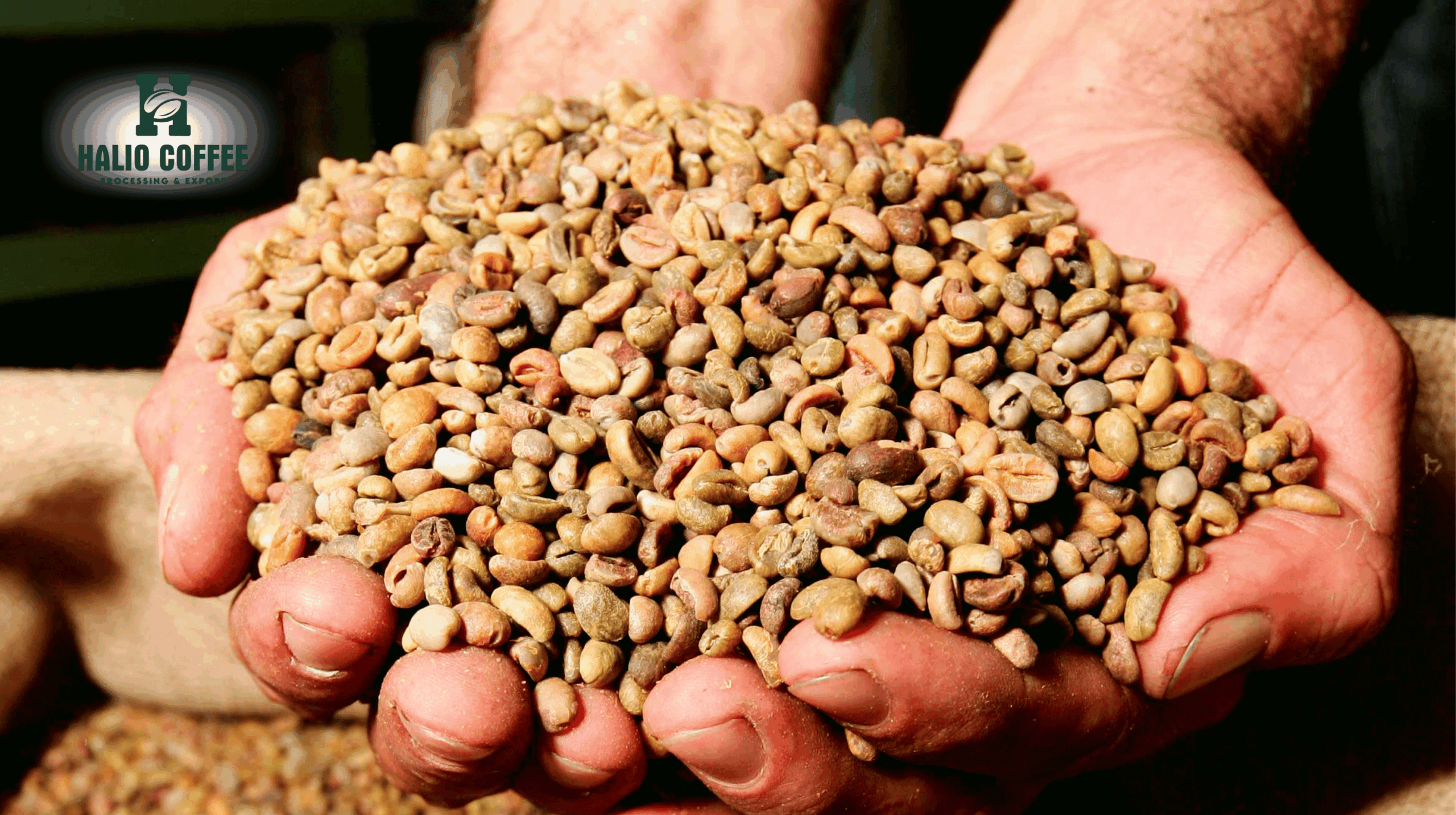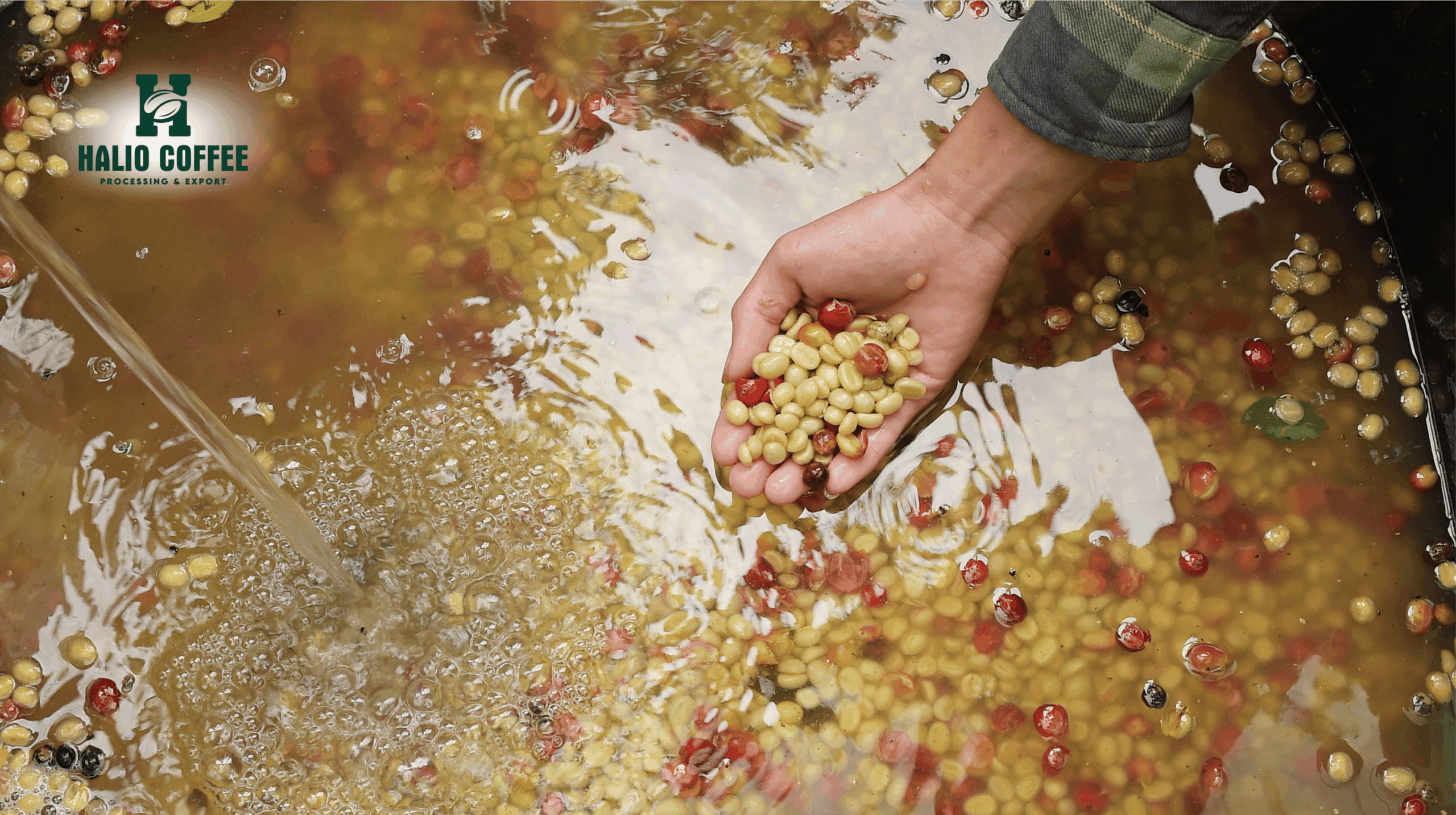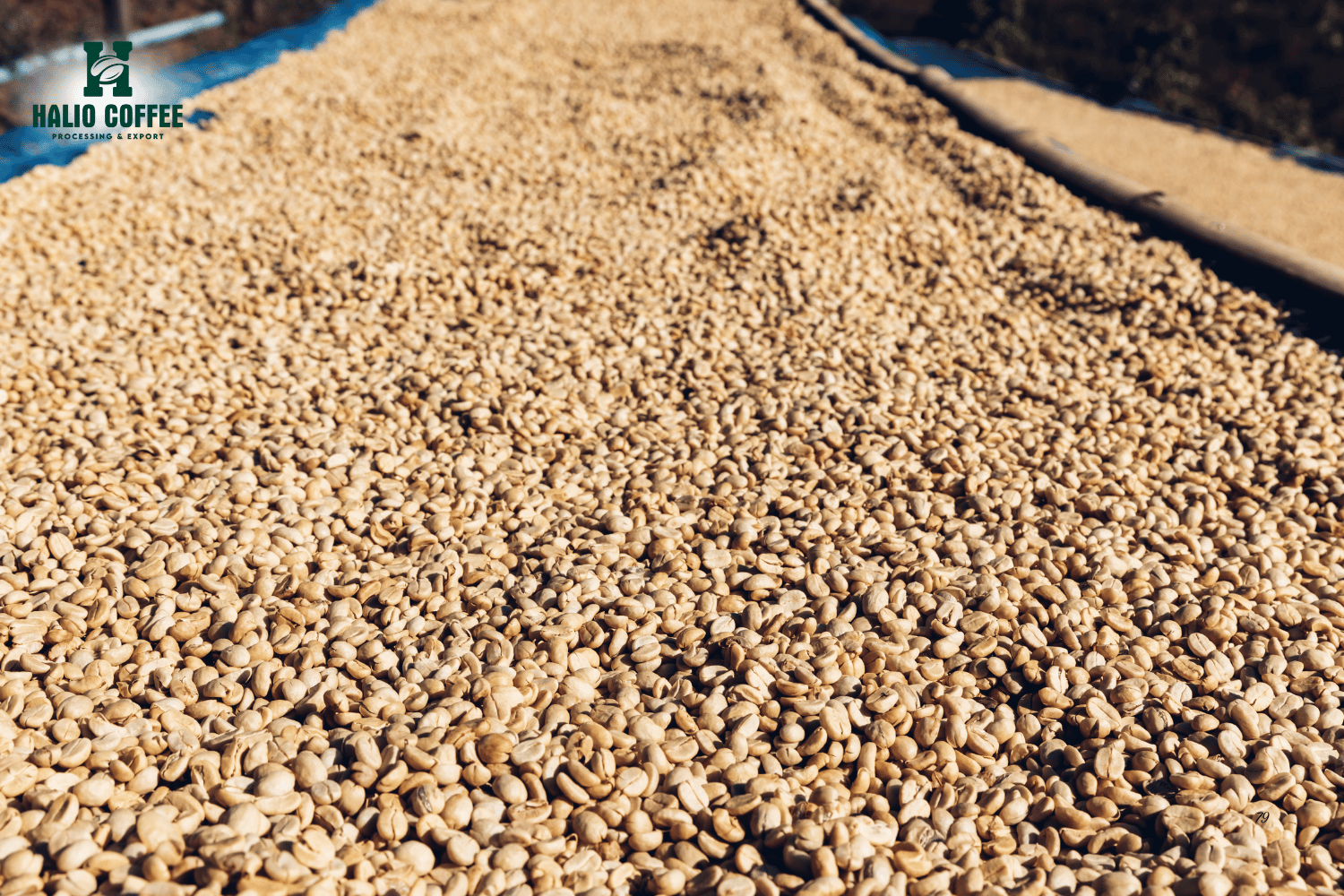How Coffee Roasters Are Fighting Rising Costs
In 2025, coffee roasters around the world are facing one of the most challenging business climates in recent memory. Soaring green coffee prices, rising operational costs, and evolving consumer expectations are creating a high-stakes balancing act. The core question remains: should coffee roasters sacrifice their already thin profit margins or increase retail prices and risk losing customers?
Coffee Roasters Under Pressure
Coffee roasters have long operated on tight margins. The recent surge in green coffee prices, driven by extreme weather in Brazil and Colombia, low stockpiles, and global logistical challenges, has pushed costs to unsustainable levels. Meanwhile, inflation, higher energy bills, increased labor costs, and supply chain volatility add to the pressure. Roasters now face the difficult choice of absorbing these costs or passing them on to consumers.
Absorbing rising expenses may protect customer loyalty in the short term, but it puts long-term financial health at risk. Conversely, raising prices risks consumer pushback, particularly in a global environment where disposable incomes are shrinking and inflation affects everyday spending.
The Delicate Pricing Balance
For many coffee roasters, finding a sustainable pricing model is a game of strategy. Overly aggressive price hikes can alienate loyal customers, especially those who see coffee as a daily staple rather than a luxury item. On the other hand, underpricing products can erode profitability and compromise business survival.

As Sandra Loofbourow, co-founder of Openflor Coffee, points out, increasing prices might be necessary for business continuity, but roasters must carefully manage customer expectations. “If your pricing drives people away, you could end up with higher prices and no buyers,” she explains.
Jacob Park of Maru Coffee echoes this sentiment, adding that pricing must reflect perceived value. “Customers want to feel they’re getting something premium. It’s not just about the cup but the whole experience,” he says.
Creating Value Beyond the Cup
To justify higher prices, coffee roasters must offer more than great-tasting coffee. Transparency, sustainability, and customer experience play a growing role in consumer decision-making.
Educating customers about the factors driving price increases—climate change, fair wages, ethical sourcing, and operational costs—helps build trust and acceptance. Sharing these realities through marketing and in-store communication allows roasters to shift the conversation from cost to value.
Specialty coffee roasters, in particular, are in a strong position to lead this narrative. By emphasizing the ethical and environmental considerations behind their supply chains, they can appeal to the values of today’s conscientious consumers.
Embracing Transparency and Sustainability
Transparency has become a core tenet of modern coffee branding. While most of the focus has been on origin stories and producer relationships, now is the time for roasters to expand transparency to include pricing decisions.
When customers understand how much of the retail price goes toward supporting farmers, logistics, and sustainable materials, they are more likely to see the increase as fair. This shift in perception helps coffee roasters retain customer loyalty and reinforces brand integrity.
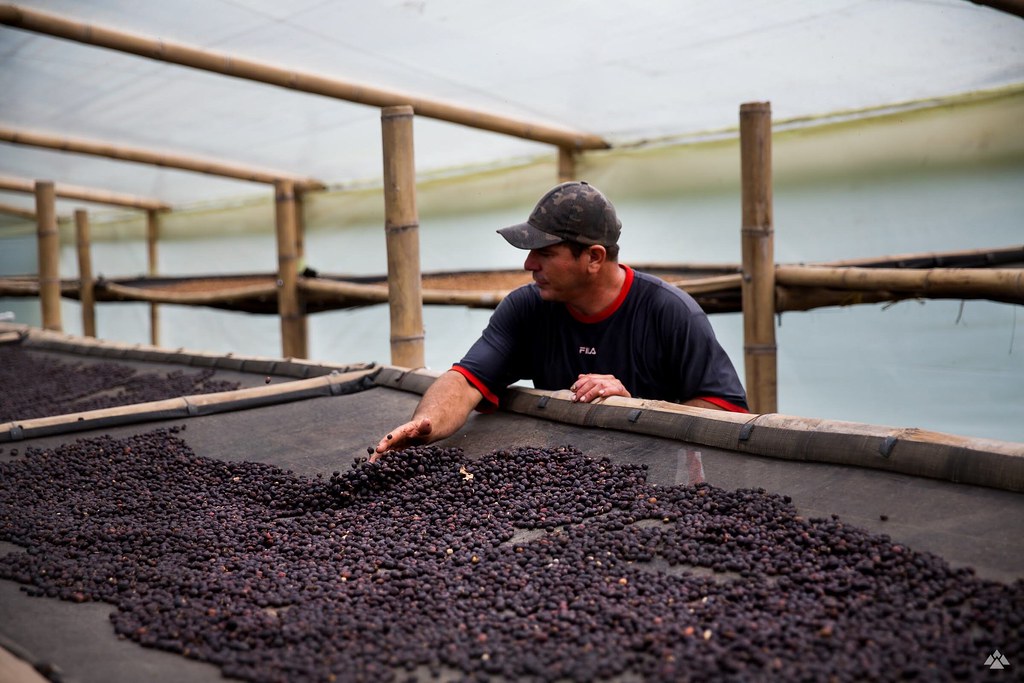
Sustainability is another pillar that can justify premium pricing. Compostable packaging, low-emission roasting technologies, and ethical labor practices not only protect the environment but also create meaningful connections with ethically minded consumers.
Diversifying to Meet Different Segments
Another strategy coffee roasters are using to maintain profitability is diversification. Launching affordable sister brands, offering smaller pack sizes, or introducing private-label lines for supermarkets allows roasters to cater to price-sensitive customers without diluting the premium image of their main brand.
Madcap Coffee’s launch of its budget-friendly line “Dito” exemplifies this approach. By maintaining quality while simplifying packaging and distribution, Dito reaches a broader audience, allowing the flagship brand to retain its premium appeal.
Future-Proofing Through Innovation
In a volatile market, adaptability is crucial. Coffee roasters that invest in innovation—whether through automation, alternative product lines, or improved logistics—will be better positioned to withstand price shocks. Embracing new business models like subscription services, limited-edition drops, or ready-to-drink formats can unlock new revenue streams.
Additionally, forward-buying and hedging strategies can help stabilize costs over time, protecting roasters from unpredictable price fluctuations in the global coffee market.
A Hybrid Approach to Pricing and Margins
For many coffee roasters, the most sustainable strategy lies in a hybrid approach: modest, transparent price increases paired with operational efficiencies, product innovation, and expanded customer value.
Rather than choosing between sacrificing margins or raising prices, smart roasters are doing both—carefully. They’re trimming non-essential expenses, renegotiating supplier contracts, and streamlining logistics, all while communicating openly with their customer base.
Sandra Loofbourow advises, “Transparency builds loyalty. When customers understand your mission and your struggles, they are more likely to support you—even if they have to pay a little more.”
Conclusion: The Road Ahead for Coffee Roasters
The road ahead will be challenging, but also full of opportunity. Coffee roasters that focus on transparency, sustainability, and innovation will not only survive this economic climate—they’ll emerge stronger.
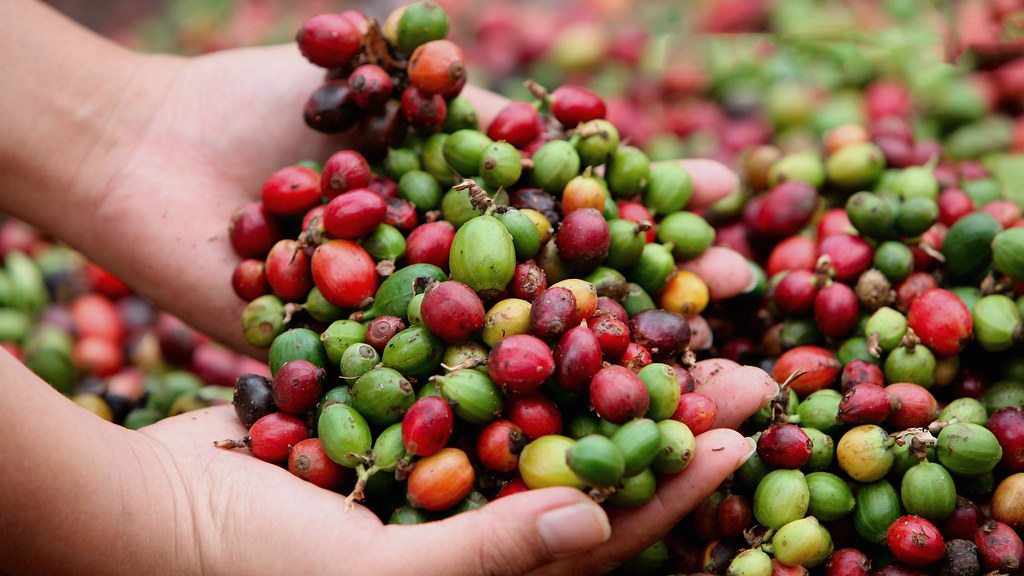
Navigating the tension between rising costs and consumer expectations is no easy feat. But with a balanced strategy, strong brand values, and open communication, coffee roasters can continue to deliver value to their customers while sustaining the integrity of their business.
In the end, it’s not just about margins or prices. It’s about building a resilient coffee business that stands the test of time.
At Helena Coffee Vietnam, we understand the delicate balance that every coffee roaster faces — between rising costs and delivering consistent, high-quality coffee. That’s why we go beyond supplying green coffee; we partner with roasters around the world to ensure traceability, transparent pricing, and long-term sustainability. Whether you’re a boutique roaster or scaling a large operation, Helena offers premium, ethically sourced green beans and flexible solutions tailored to your business needs.
Source: Perfect Daily Grind
- Coffee Prices Today, Nov 22: Markets Plunge as US Scraps 40% Tariff on Brazilian Coffee
- Coffee Prices on July 25: Continue Rising as Vietnamese Farmers Hold Back Sales
- A Consultant’s Guide to Minimizing Transit Risks for Green Coffee
- Specialty Arabica Coffee Vietnam: Elevating Quality in Global Coffee Trade
- Robusta Coffee Beans from Vietnam: A Global Powerhouse in the Coffee Supply Chain
